Editor’s Note: The first-ever Lexus LBX just made its official Philippine debut with a grand unveiling held last Monday at the Lexus Manila showroom in Bonifacio Global City in Taguig. Wheels columnist Ulysses Ang was able to drive the car late last year in Valencia, Spain. Here is his recount of that first drive.
You could say that a lot is riding on the Lexus LBX. Not only is it Lexus’ first three-letter named model after the LFA supercar, but because it’s the cheapest model in the entire range (it’s priced a shade below P3 million), it’s a gateway model for potential would-be brand converts. No pressure then for the Lexus Breakthrough Crossover, huh?
Based solely on how it looks, Lexus has got a winner here. Though it rides on the TNGA GA-B platform, it doesn’t show. Designers have managed to impart a thoroughly Lexus identity and it’s one that wasn’t just shrunken down to fit its compact footprint. This gives birth to things like the smaller, deconstructed spindle grille. Then, there’s the frameless grille and LED headlights that retain the distinctive L-shaped signature, but inverted to face out rather than inwards.
Round the back, the full-width lightbar and “LEXUS” lettering spelled out across the tailgate emphasize an unlikely design source: Kagami-Mochi rice cakes. A traditional Japanese religious offering during the New Year, these are made of two discs—one small one set on top of a larger one. Once you see it on the LBX, it’s hard not to unsee it.
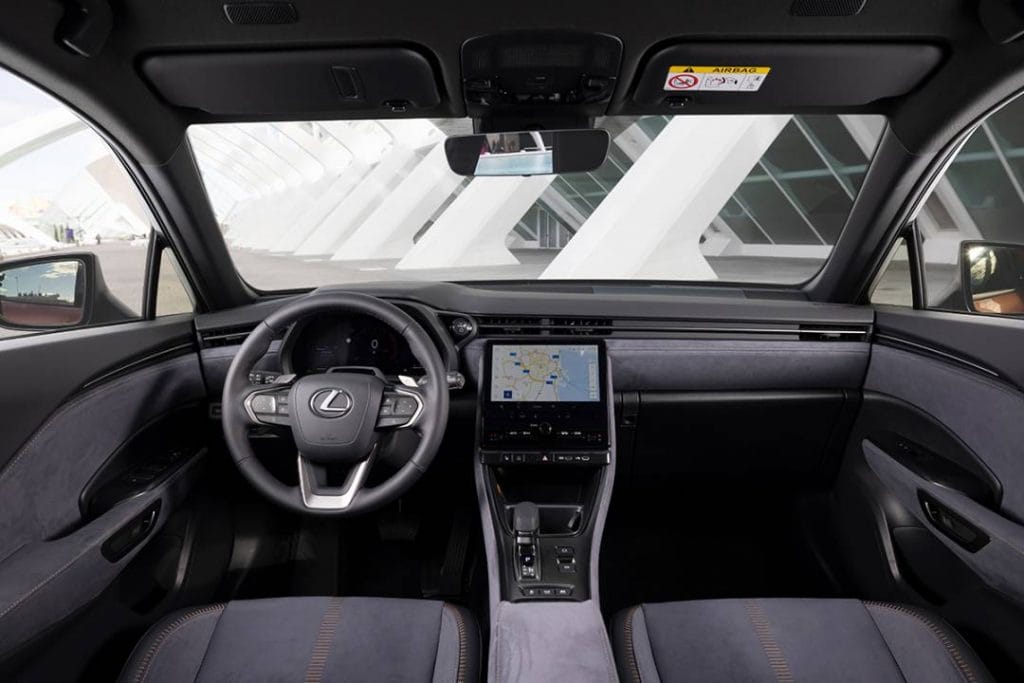
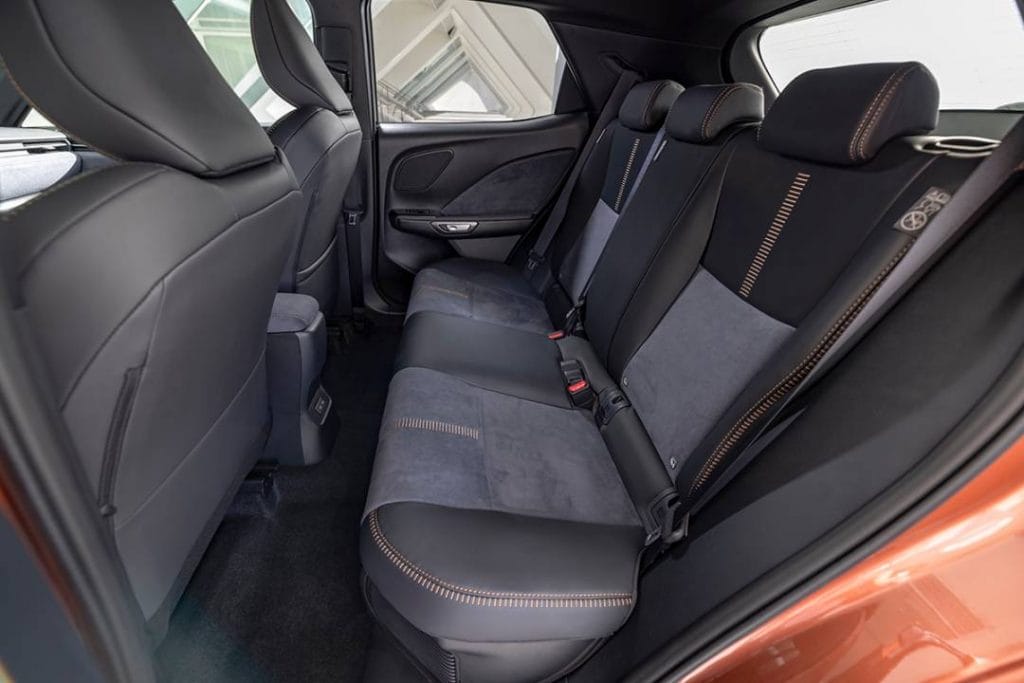
When not thinking about desserts, Lexus has also managed to impart a truly upscale interior. Immediately when you step inside, the high levels of fit and finish are noticeable. There are some hard plastics for sure, but they’re relegated to areas you either don’t touch or see. Sad to see that the Philippine-spec LBX will have to do with a 7-inch digital screen when the 12.3-inch one’s the true tour-de-force. At least, it’s still got the same fingerprint-resistant 9.8-inch touchscreen with Apple CarPlay and Android Auto. USB Type C chargers and a wireless pad come standard, and thankfully, so do physical climate controls.
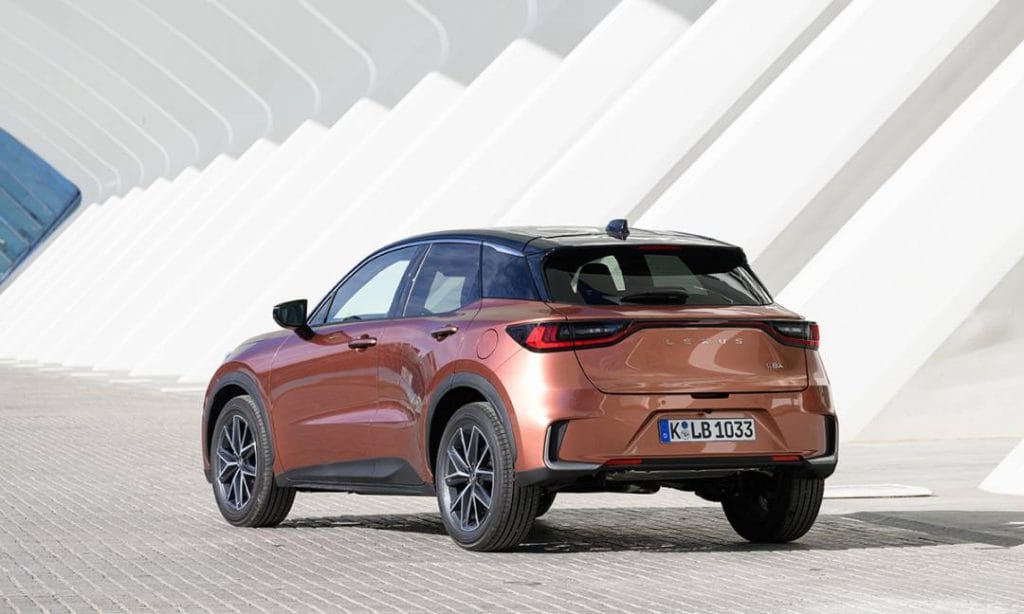
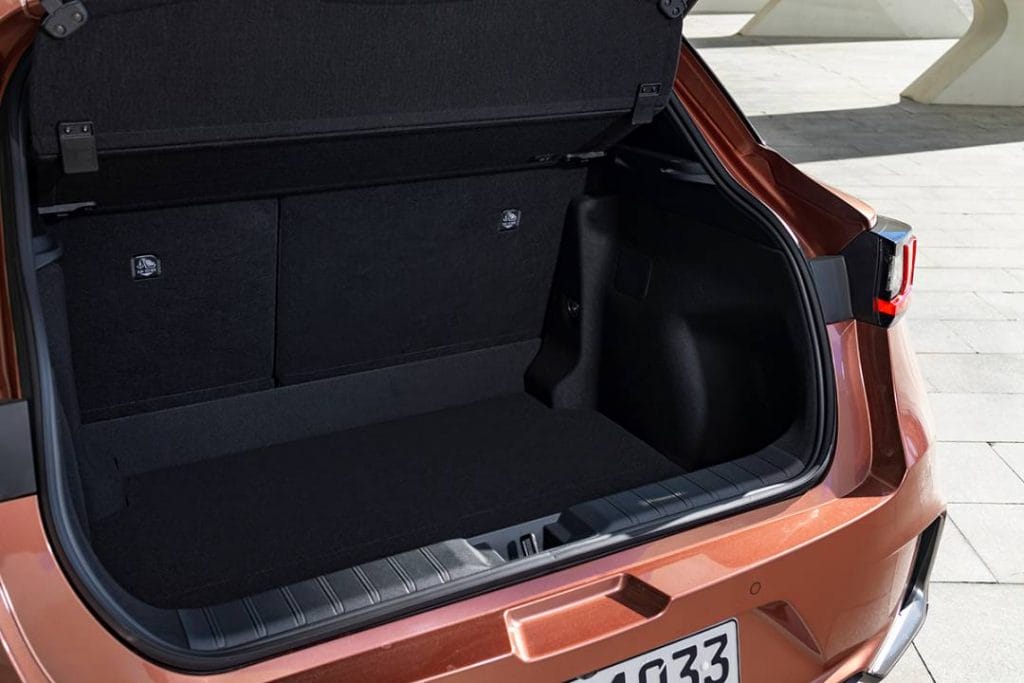
In terms of space, those in front will have nothing to complain about. Those in the back though will have more so because of the limited head- and leg room. There’s barely enough room for two adults, let alone three. There’s also no center arm rest nor rear vents. However, there are two USB Type C ports there, so that’s got to account for something. Also, despite packing a high-voltage battery, the cargo hold itself is sizeable. At 317 liters, it’s enough for two suitcases beneath the tonneau cover. A power tailgate with a close-and-lock switch adds to the convenience.
Drive-wise, the LBX is more than just the sum of its parts. On paper, it doesn’t seem overly impressive, but because of the extensive engineering work done underneath, it’s surprisingly good.
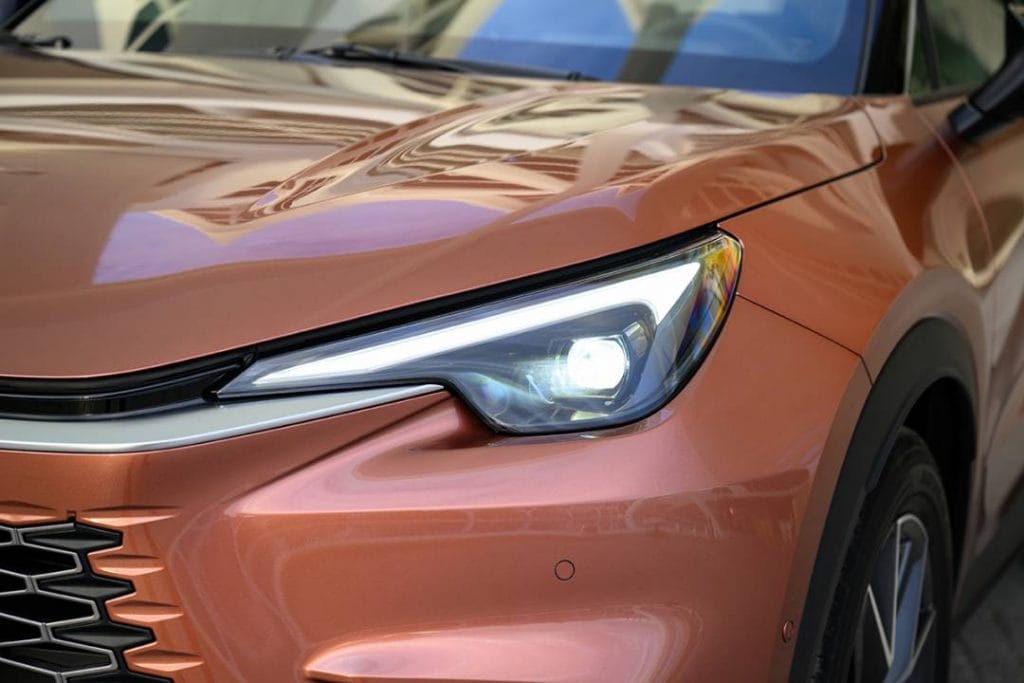
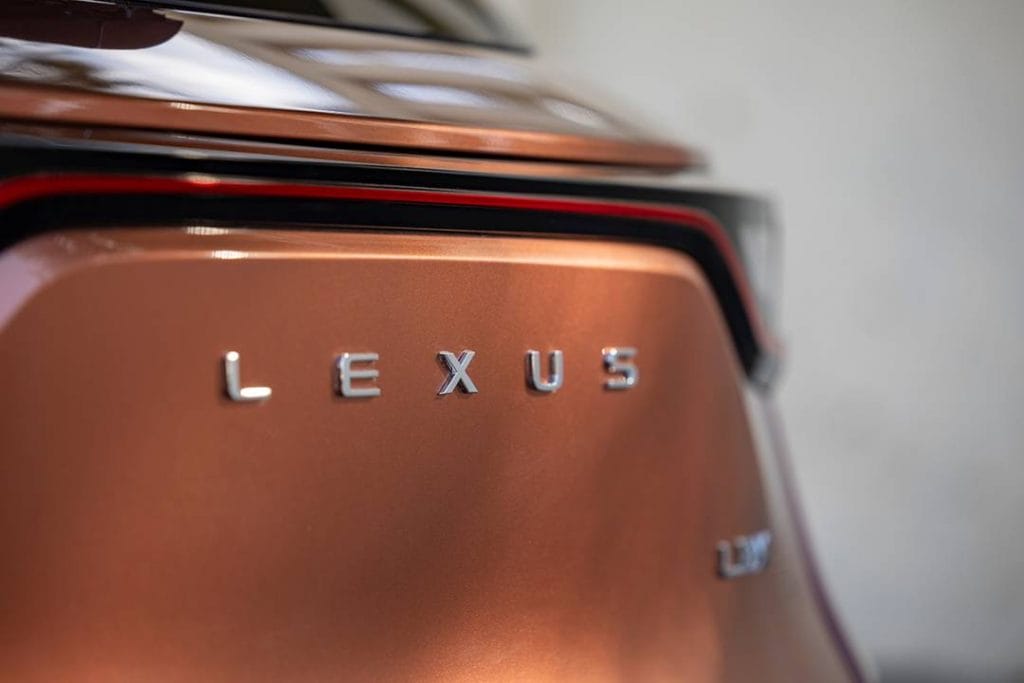
Power comes from a self-charging hybrid with a 1.5-liter mated to an electric motor. It’s the smallest one Lexus has on offer, but because of its energy-dense bi-polar nickel metal hydride construction, it still puts out 136 horsepower. Lexus says 100 km/h is dispatched in just 9.2 seconds, as fast as your typical 2.0-liter SUVs, but sips fuel frugally at the rate of 22.72 km/L when driven sympathetically.
Impressive as those numbers are, the specs don’t say just how much time the LBX relies on electrons for motivation. The near silent operation, especially in urban confines, fits right into what people consider to be “premium.” The handover to the combustion engine is also just as good. And despite sporting a 3-cylinder layout, Lexus has put real time in refining it for LBX duty by adding a balancer shaft to reduce vibration, for example.
The LBX may share the Euro and Japan market Yaris Cross (and GR Yaris), but Lexus has made it a point to emphasize that they’ve made extensive modifications here. The driver hip point is low—285 mm—giving a more sedan-like seating position with the legs extended rather than upright. The wheelbase has also been lengthened and tracks widened. The platform’s been reinforced to improve its rigidity, but the switch to aluminum panels and molded resin helps cut back the weight. These modifications aside, its packaging remains tidy with an overall length of just 4,190 mm and a width of 1,825 mm. Its tight, 5.2 m turning radius and 220 mm ground clearance makes short work of maneuvering in tight confines without worrying about potentially high curbs.
Driving through Valencia’s cobblestone-lined streets, it does feel a bit fidgety, but never to the point that it becomes annoying. Also, it settles down quite nicely at speed. Of course, the relatively stiff suspension makes for a nimble and confidence-inspiring companion on twisty roads, as do the naturally weighted steering. It’s enough to put a genuine smile on your face.
As usual, the LBX gets Lexus’ full suite of safety systems. The third-generation Lexus Safety System+ adds things like Pre-Collision System, Dynamic Radar Cruise Control, Lane Departure Alert, Lane Tracing Assist with Lane Change Assist and Adaptive High-beam System along with Rear Cross Traffic Alert, Blind Spot Monitor, and Reversing Camera (sorry, no 360-degree system), and Parking Brake Support.
All in all, don’t be fooled into thinking that this is just a badge-engineering job. The Lexus LBX hits the nail on the head when it comes to its intended purpose. As Lexus sets its sights on a younger audience, they’ve created a smart looking, plush, and well-equipped sub-compact crossover. Limited rear seat space aside, it deserves its three-letter name and its place as a convincing entry-level offering for the brand.

